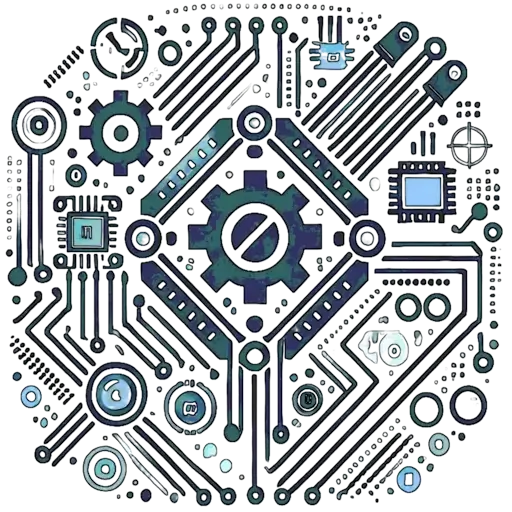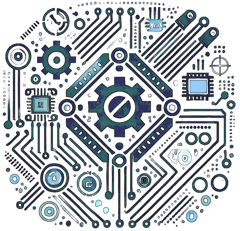Quick Summary
Power film capacitors are used in high-power circuits for their energy efficiency, stability, and low equivalent series resistance (ESR). This experiment explores their charging and discharging characteristics in energy storage and filtering applications.
Objective
The objective of this experiment is to study the characteristics of power film capacitors in high-power circuits, focusing on energy storage, filtering, and discharge behavior.
No Ads Available.
Theory
What are Power Film Capacitors?
Power film capacitors are specialized components in power electronics, offering low ESR, low self-inductance, and excellent thermal stability. They are widely used in motor drives, power factor correction, and energy storage systems.
How is Energy Stored in a Capacitor?
The energy stored in a capacitor is calculated using this formula:
E = 0.5 * C * V^2Where:
- E = Energy (Joules)
- C = Capacitance (Farads)
- V = Voltage (Volts)
Components Needed With eBay Links
Circuit Diagram
Below is the circuit diagram for the power film capacitor setup:
This circuit includes:
- A capacitor connected in parallel with a resistor for observing charging and discharging.
- Proper connections to a DC power supply.
- Safety precautions to handle high voltage safely.
Procedure
How to Perform the Experiment
- Set up the circuit on a breadboard based on the diagram.
- Connect the DC power supply, ensuring the voltage is within the capacitor's rating.
- Charge the capacitor by turning on the power supply.
- Use a multimeter to measure the voltage across the capacitor when fully charged.
- Disconnect the power supply and discharge the capacitor through the resistor.
- Measure the voltage at regular intervals during discharge.
- Optionally, use an oscilloscope to observe charging and discharging waveforms.
Results
Record your findings in a table format:
| Capacitance (µF) | Voltage (V) | Energy Stored (J) |
|---|---|---|
| 10 | 50 | 12.5 |
| 100 | 50 | 1250 |
Conclusion
This experiment highlights the efficiency and stability of power film capacitors in high-power circuits. Their low ESR and high energy storage capabilities make them indispensable in power electronics.


